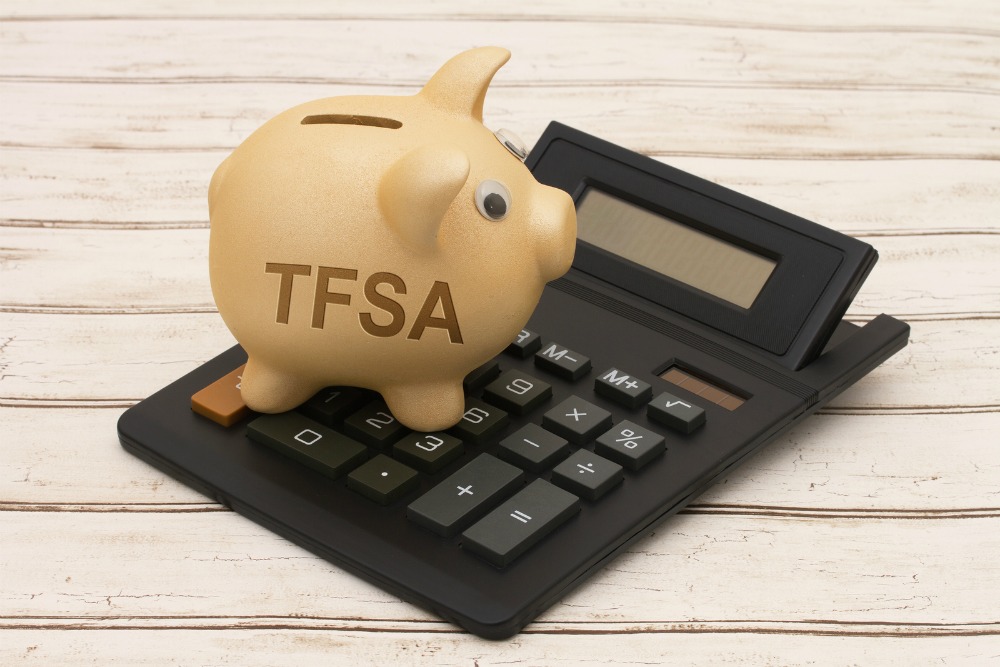The article “Reasons To Tap RRSPs Before Age 71” was original published on MoneySense on July 12, 2017.
Doing this makes sense for plenty of Canadians. Is it the right option for you?
Q: If you are self-employed and have a holding company, does it not make sense to use your RRSP funds before 71 and then opt for funds from your holding company after?
—Tom
A: You’ve asked a good question and you’ve already got your answer, Tom, but I’m going to help validate why it makes sense to use RRSP funds before age 71.
For reader clarification, a “holding company” is a term for a corporation that holds investments and is no longer an active operating business.
I think taking RRSP withdrawals before 71 makes sense for far more Canadians than those who actually take early withdrawals, Tom. I feel it’s wise to pursue strategies that can help you pay less tax over your lifetime rather than just focusing on what saves you the most tax this year.
An RRSP must be used to either buy an annuity or be converted to a RRIF by age 71 – a RRIF being the most common choice – and both options require minimum payments each year after that. Minimum RRIF withdrawals increase with age. The forced withdrawal of RRSP money starting at age 72 means you have very little flexibility with these funds after that age.
As you likely know, corporations, on the other hand, have no minimum or required withdrawals, Tom.
If you retire in your 50s or 60s, you can consider taking early withdrawals from your RRSP, even if you have non-registered or TFSA savings, to smooth your taxable income over your lifetime. I think this can be worth doing even in your mid or late 60s while potentially deferring your CPP and/or OAS pensions until as late as age 70, particularly if you’re in good health. In this way, you may have little income other than RRSP withdrawals in your early retirement years.
Deferring your CPP and OAS means your pensions will increase by a fairly significant 8.4% and 7.2% per year respectively, plus inflation. It also means you draw down your risky assets (investments) while preserving your risk-free assets (your government-paid, inflation-protected pensions). CPP and OAS can help protect against the risk of living too long, as they keep on paying out for the rest of your life.
If your RRSP has been converted to a RRIF by age 65, your withdrawals qualify for the pension income amount and up to $2,000 of non-refundable tax credits that can offset some or all of the tax on the first $2,000 of your withdrawals.
RRIF income also qualifies for pension income splitting, so that up to 50% of your RRIF withdrawal can be allocated to your spouse to be taxed on their tax return.
Corporate assets can also be used for income splitting purposes as well, Tom, but if you don’t already have the proper share structure in place, you may need to incur several thousand dollars in legal fees to restructure your holding company.
Preserving your corporate assets also gives you more flexibility with your investments. This may not be relevant to you, Tom, but if you wanted, you could use your corporate investments to buy real estate, life insurance or invest in another company. RRSP investments are more limited in scope than corporate options.
On death, RRSP assets are fully taxable unless they are left to your spouse, in which case they can be transferred directly to their RRSP/RRIF on a tax-deferred basis. Corporate assets are only 50% taxable, as the capital gain on your shares of the corporation would be realized on death based on your original cost (often a nominal cost like $10 or $100). Further tax may result for corporate assets depending what your beneficiaries do with the inheritance.
There are also more estate planning options with corporate assets than RRSP assets. If you have significant corporate assets, you can consider an estate freeze, whereby your ownership in the corporation is frozen at the current value. Future growth can accrue to the next generation (typically your children and/or grandchildren) so that less tax is payable on your death.
In summary, Tom, I think you’ve got the right idea. Someone in your situation should certainly be considering early RRSP withdrawals. How much and what you do with your other assets – and I would also consider CPP and OAS to be “assets” – depends on your personal and family situation.
Jason Heath is a fee-only, advice-only Certified Financial Planner (CFP) at Objective Financial Partners Inc. in Toronto, Ontario. He does not sell any financial products whatsoever.

